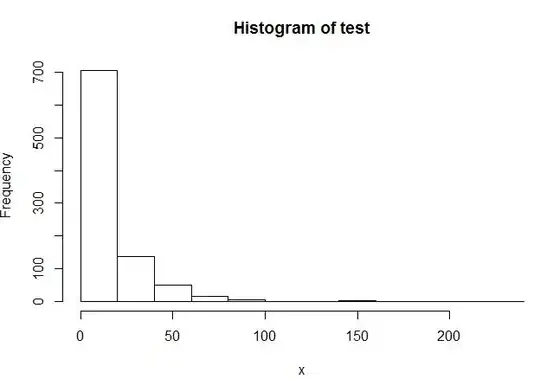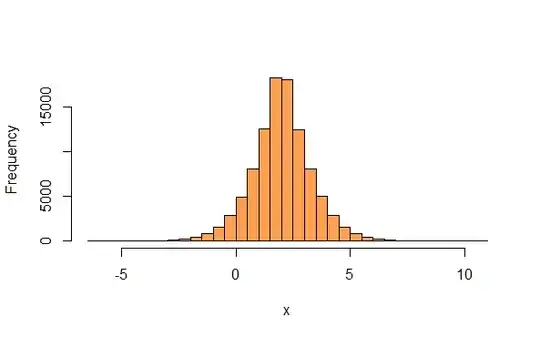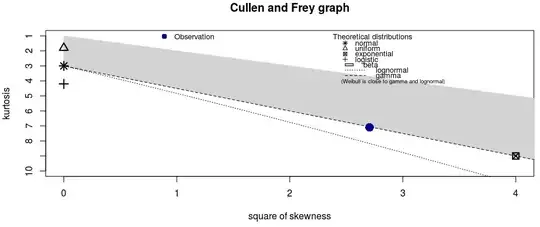I want to make some heavy two tailed distributions different from StudentT; and I still can generate samples and perform density estimation. I'm thinking to "double" some well-known one tailed heavy distribution (we can generate samples and perform density estimation on this one tailed distribution). But after I "double" the one tailed, I don't how to generate the samples in the computer.
For example, Consider the one tailed distribution log-Normal distribution where the pdf is
$$f(x;\mu, \sigma) = \frac{1}{x\sigma\sqrt{2\pi}}exp(-\frac{(ln(x)-\mu)^2}{2\sigma^2})$$
This is similar to how one changes the exponential distribution into the Laplace distribution by taking two exponential distributions (with an additional location parameter) spliced together back-to-back.
I can also make two log-Normal distributions for each tail and put them together like
$$f(x;\mu, \sigma) = \frac{1}{2|x|\sigma\sqrt{2\pi}}exp(-\frac{(ln(|x|)-\mu)^2}{2\sigma^2})$$.
This is a proper distribution that integrates to 1.
However, how do we generate samples from this two tailed "log-Normal"?
My first reaction would be: generate samples from a one tailed heavy distribution, $x \sim logNormal(\mu,\sigma)$, then uniformly negate half of them. But this seems it only works for one-dimensional distributions. For example, in two dimensions, I have equally divided the values into four subsets: for one subset, negate the x-axis, for the second subset, negate the y-axis, for the third subset, negate both axes, and for the fourth subset, I don't change anything. Clearly, this isn't optimal as this method takes exponential time w.r.t. dimensionality. Any other methods?



